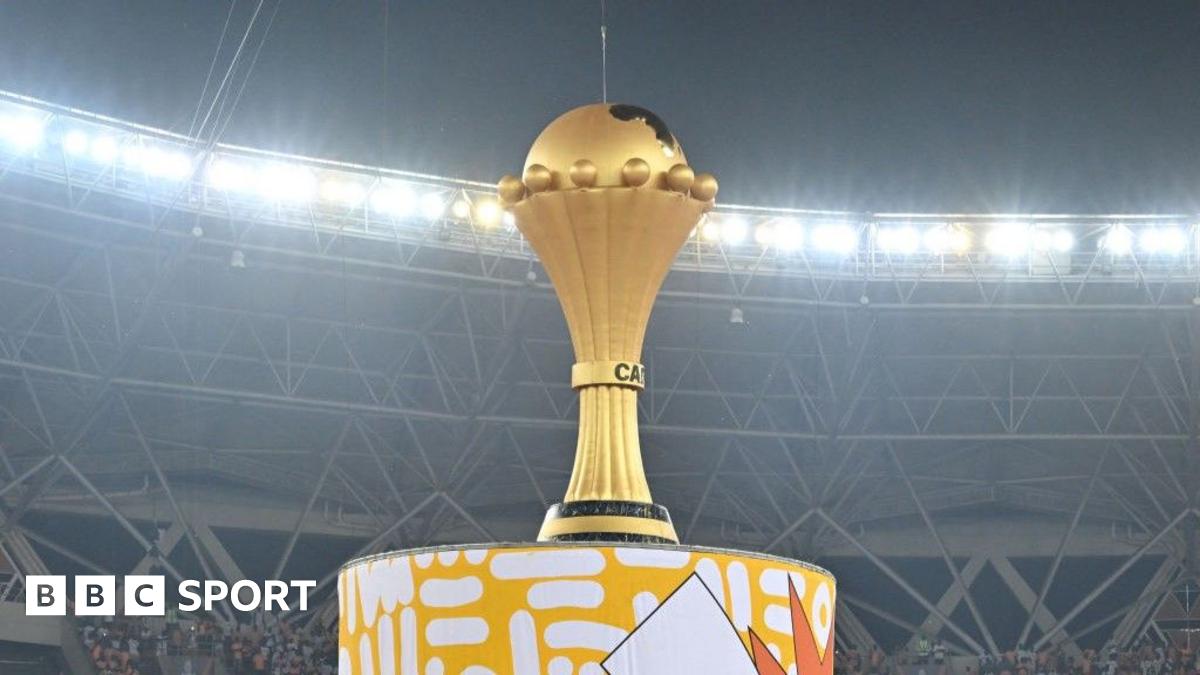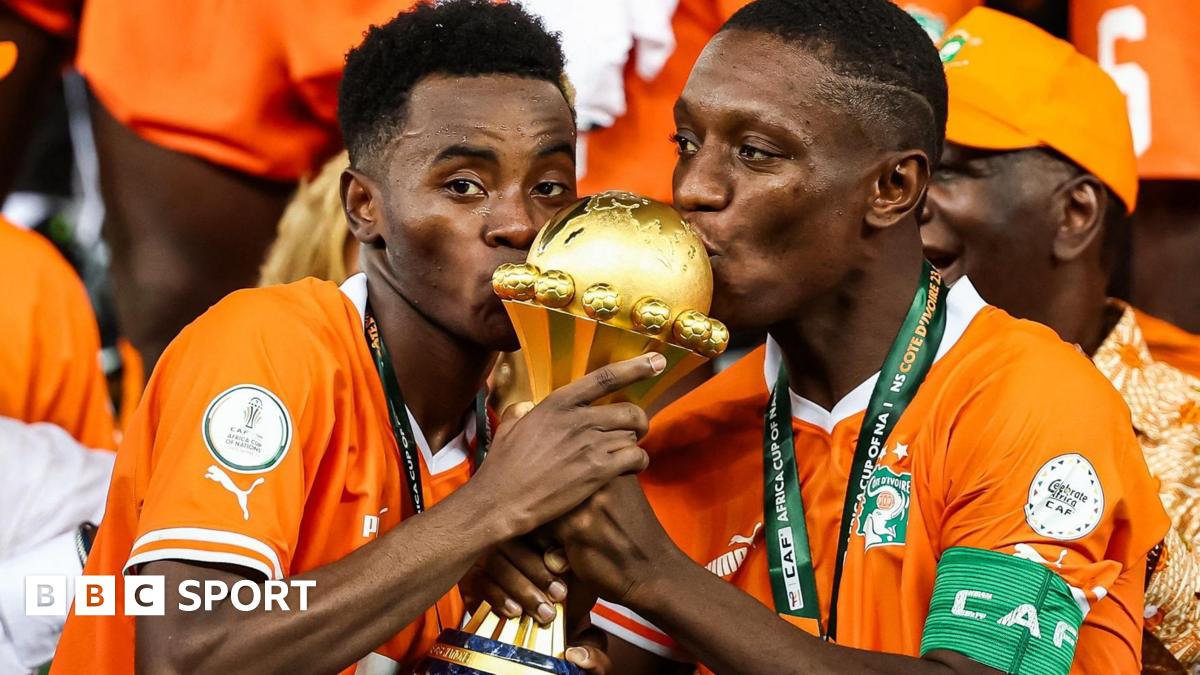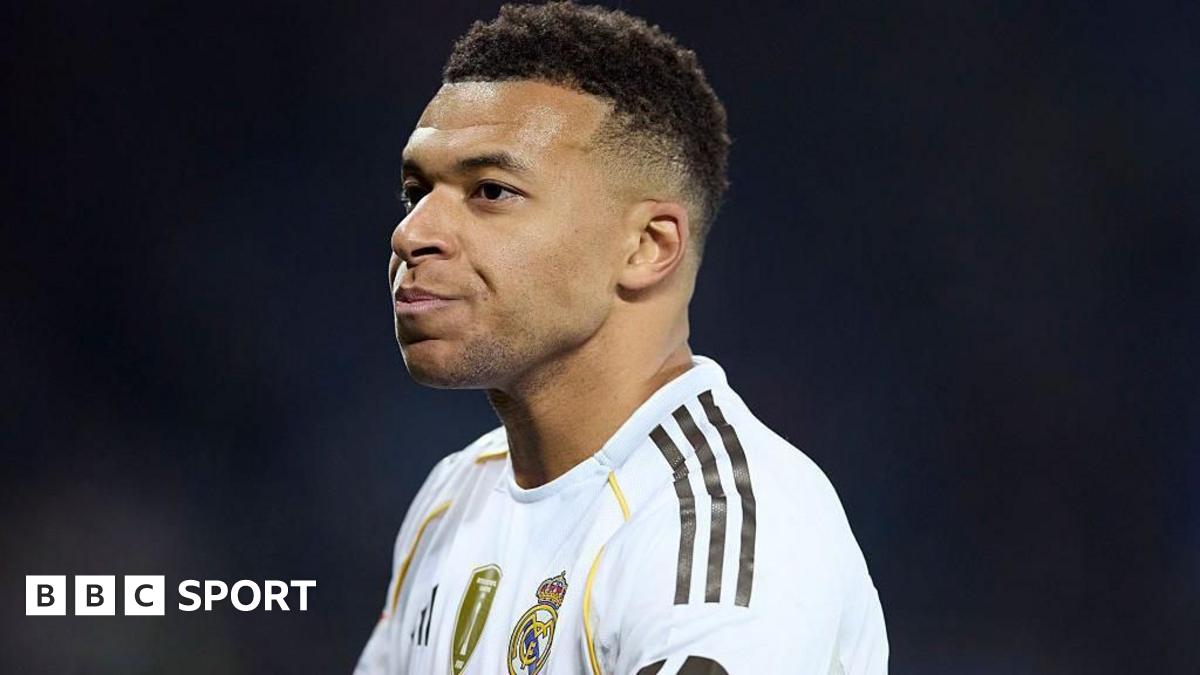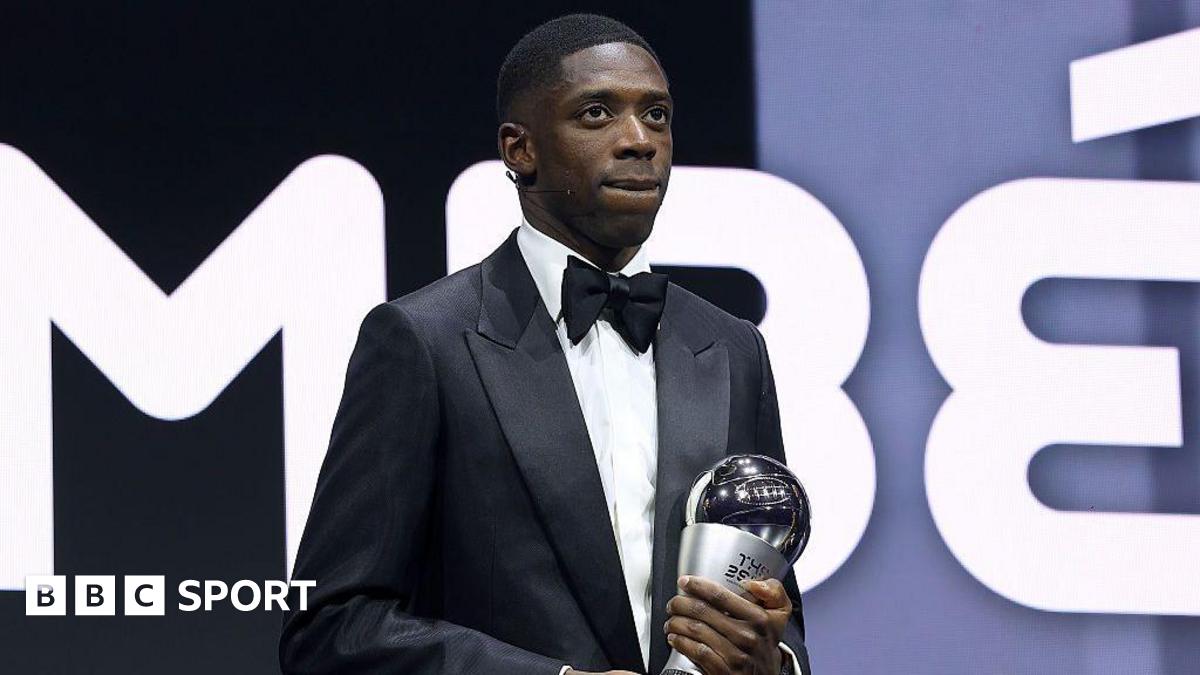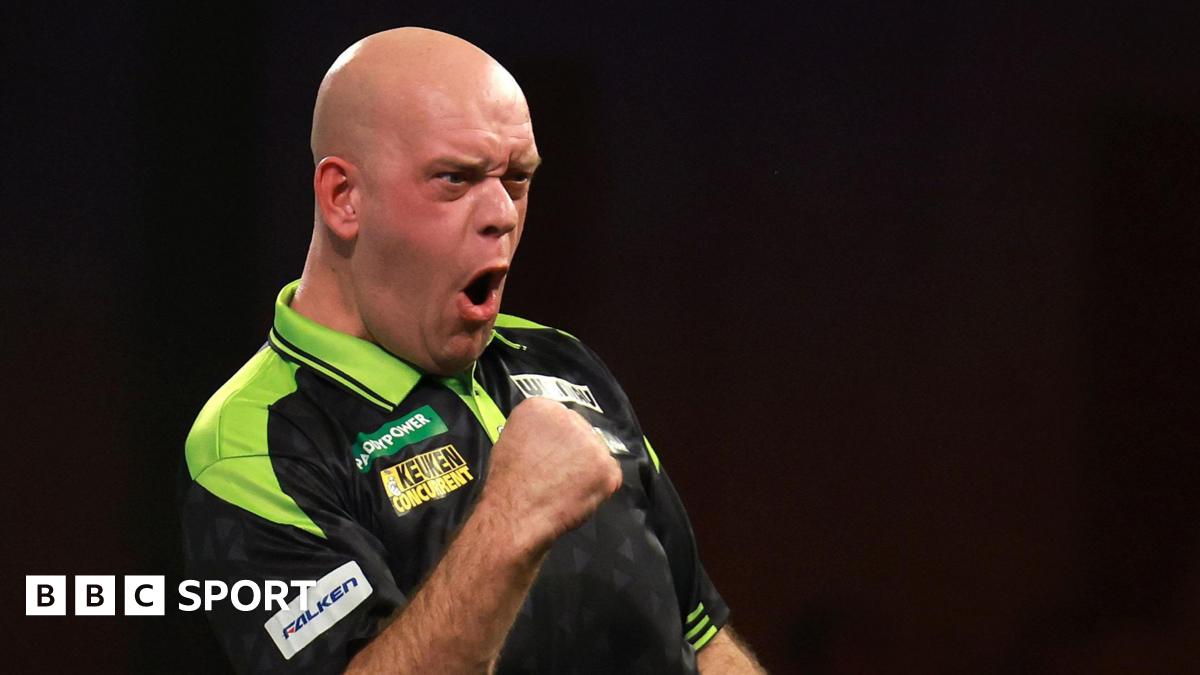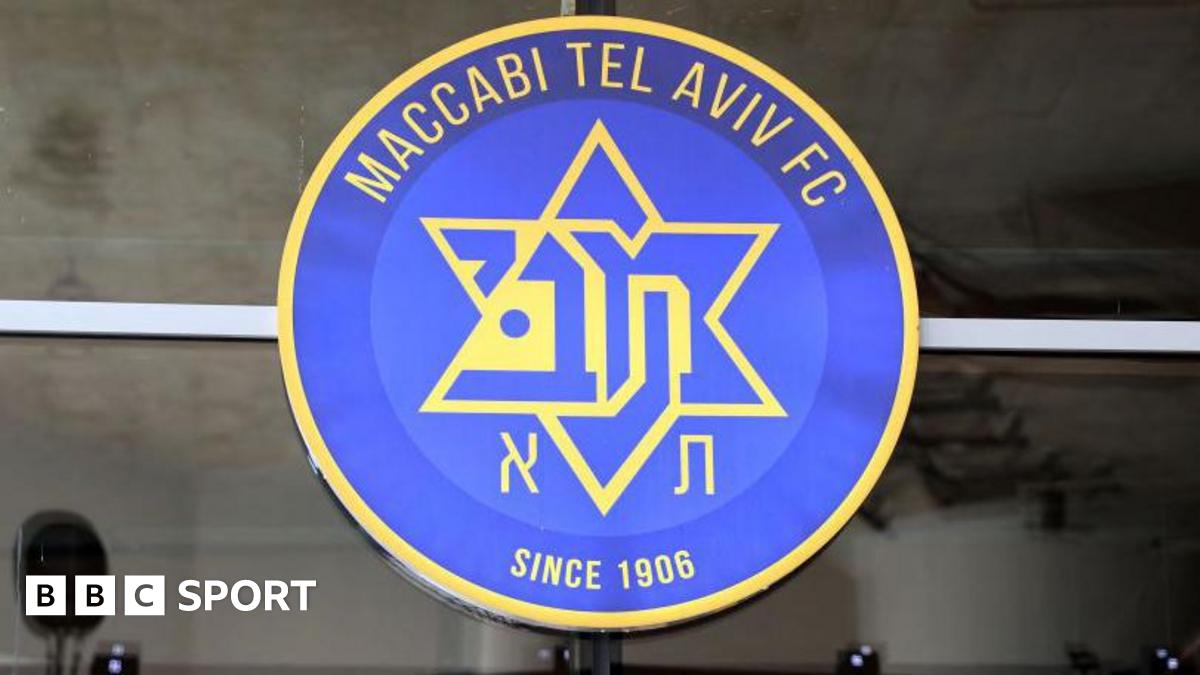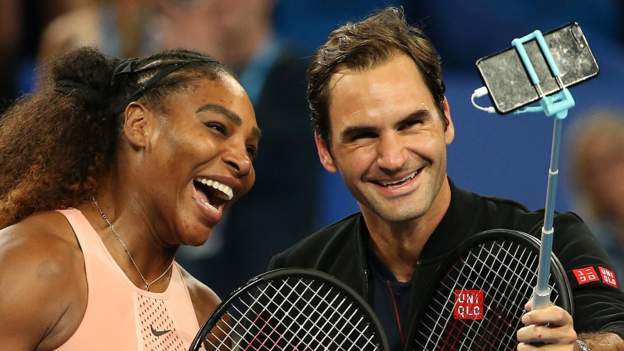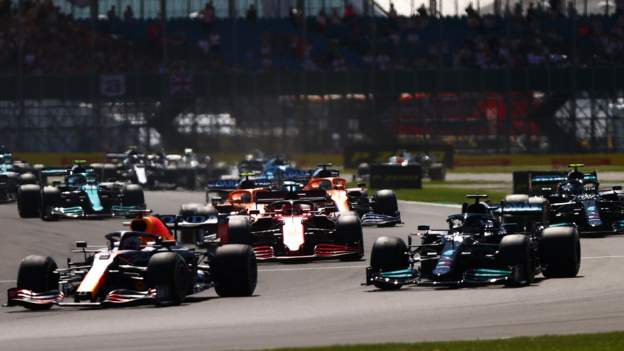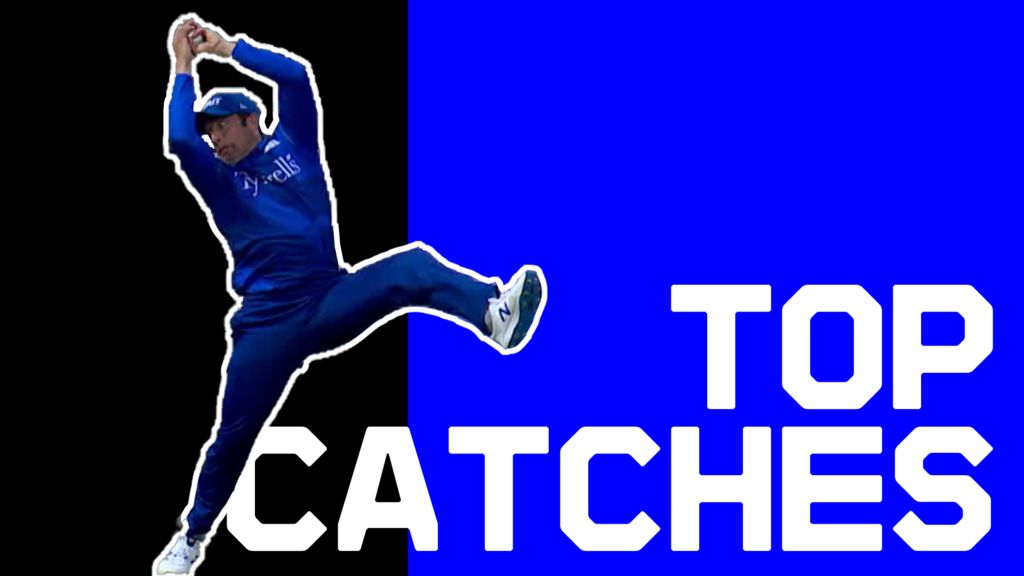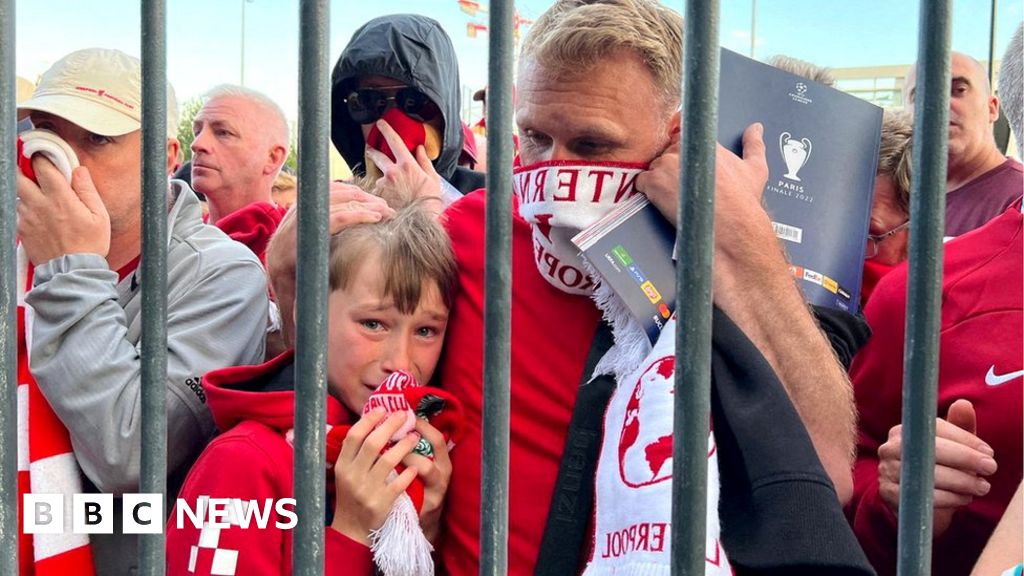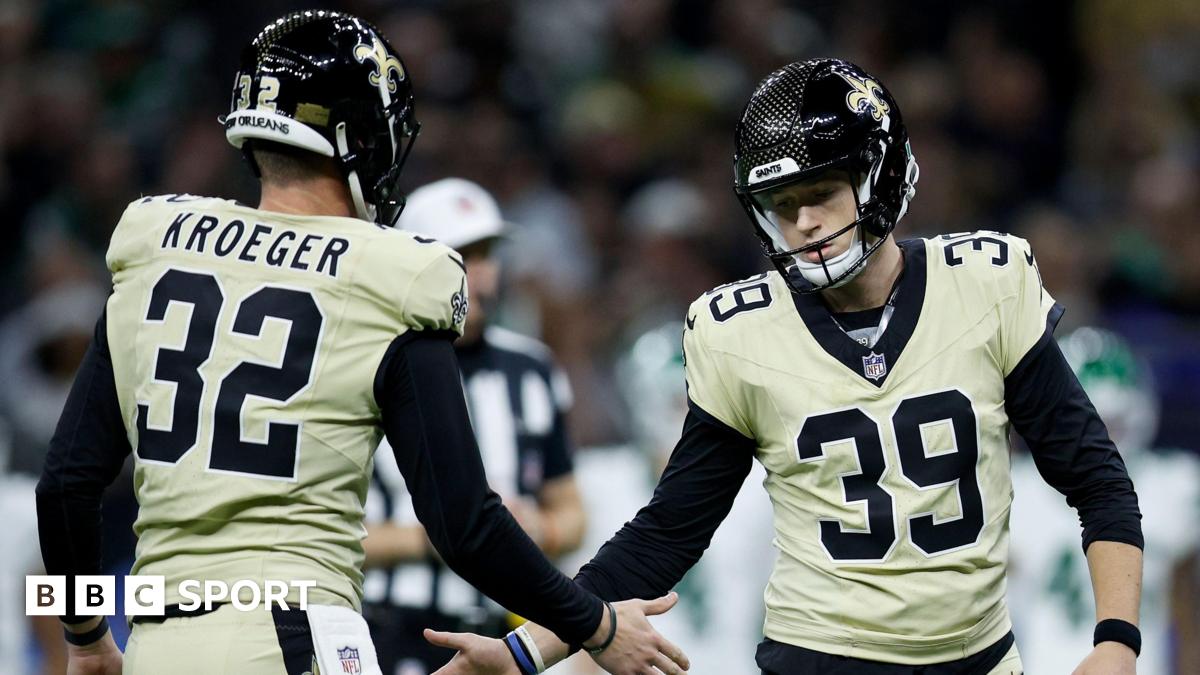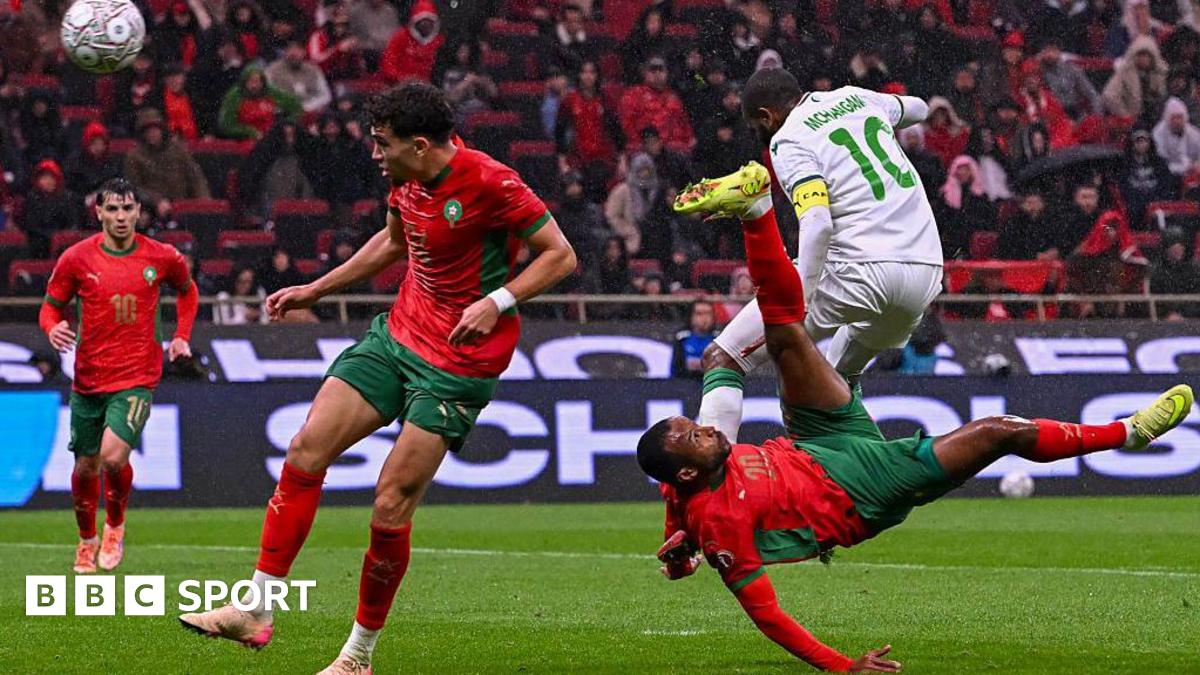Undivided devotion is usually associated with team sports. Travelling hundreds of miles to watch your heroes, supporting them through thick and thin. Naming a kid after a favourite player. Getting a tattoo.
Such shows of allegiance and love have not traditionally been associated with tennis players.
Yet Roger Federer and Serena Williams – two superstars who retired this month – have attracted affection like few others.
And it felt fitting that two people born 49 days apart, who enjoyed era-defining parallel careers, called it a day within weeks of each other.
“These two players are irreplaceable. I don’t think there is any question about that,” said John McEnroe, another legendary tennis figure.
Williams, a 23-time Grand Slam singles champion who turned 41 this week, waved farewell amid emotional scenes at the US Open.
Three weeks later, 20-time major winner Federer, also 41, did the same at the Laver Cup in London.
Both occasions were full of pomp and ceremony, celebration and reflection. But most of all love.
The adoration is largely down to their extraordinary success on the court, but also because of their personalities and star quality.
“It is going to be a big void to fill, no question,” said Merrick Haydon, managing director of international sports marketing agency Revolution’s London office.
“Some fans will stay with the game forever because tennis is like all sports: when you’re in it you’re in it.
“But there are going to be some who will drop away.
“There is no doubt some won’t wake up at 3am to watch matches and may not plan vacations around a tennis major like they used to.”
Before all of Williams’ matches in New York there was a buzz outside Arthur Ashe Stadium, with many fans wearing Serena T-shirts in homage to a player who has been a huge inspiration, particularly to African-American women.
Printed slogans included ‘Serena. The Woman. The Myth. The Legend’ and ‘Unapologetic Greatness’. Others simply said ‘GOAT’.
The commitment to following Federer was clear at the O2 Arena.
The Fed Heads – an international travelling troupe arriving from places including Switzerland, Japan, Greece, Poland, Thailand and India – were a palette of red and white.
Caps, T-shirts, scarves, flags, even home-made earrings. And almost all emblazoned with one set of initials: RF.
Federer-loving mother and daughter Kaori and Sakiko Hosokawa, who travelled from near Tokyo, said tennis will not be the same without him.
“Roger makes my life very wonderful and valuable,” said Kaori. “He’s the reason I started watching tennis.”
Others claimed they would watch less tennis in the absence of the superstar pair.
“The only reason I watch tennis is because of Serena and Venus, seeing them do their thing,” said Williams super-fan Jennifer Chenier from Houston, Texas.
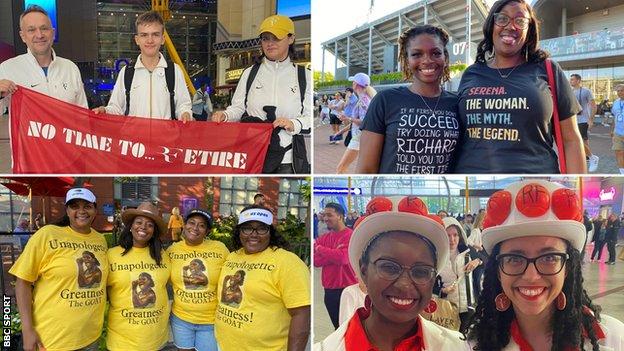
Many had travelled thousands of miles to New York and London to see their hero one final time – at great expense.
The initial batch of tickets for Federer’s farewell were available from between £40 and £510. Following the news of his retirement, some of the golden tickets were being offered on resale platforms for more than £1,000 each.
Alex Gough, a self-confessed “die-hard” Federer fan from the East Midlands, was one of the dreamers prepared to spend big to be there.
The damage to his wallet for one ticket? £600.
“The first 48 hours I wondered if I had spent too much,” he said. “I’d been to Wimbledon multiple times but never managed to see Federer because he played on a different day or different court.
“It was the last-chance saloon. It was worth every single penny.”
The jet-setters also shell out on travel, hotels, food and the array of high-end merchandise on offer.
There lies another huge hole for the tennis eco-system to fill: the money pit fuelled by Federer and Williams.
The global sports market has many sub-categories – including sponsorship, broadcast rights and branding – which combine to create and sell products, whether it is tennis tours, tournaments or individual players.
Whichever way it is analysed, Federer and Williams put bums on seats – in stadiums and in front of televisions – and create wealth in the sport.
“Federer and Williams are brands in their own right, they have transcended tennis as a sport and given it a degree of interest and attention that would not have been achieved without their participation,” said sports finance expert Kieran Maguire, who works at the University of Liverpool.
“The grace, style, humour and comments of both players have been fantastic for sponsors, who have benefited from endorsement deals with them.
“In addition, tournament organisers have been able to negotiate better deals with broadcasters and commercial partners because ‘Serena/Roger is playing’, and both players are box office in terms of tickets and viewing figures.”
McEnroe, himself one of the sport’s biggest names in the 1980s because of his combustible nature on the court, says sports will always find new stars.
“Tennis goes on no matter what, and we have witnessed that in every sport over time,” said the American, who was sought out by Nike and marketed as the ‘bad boy’ of tennis.
“The opportunity is there to market these young kids in a way that I don’t think we have successfully done before.”

Spain’s Carlos Alcaraz has long been earmarked to be the ATP’s next superstar, fulfilling his potential on court by winning the US Open earlier this month and becoming the first teenager to be ranked as the men’s world number one.
On the WTA side, Poland’s Iga Swiatek has been the dominant player in 2022 and the drive to boost her global appeal included an appearance on a Times Square billboard during the US Open.
Others have also attracted huge attention and could potentially become superstars in the coming years – including Britain’s 2021 US Open champion Emma Raducanu, Japan’s four-time major winner Naomi Osaka, American teenager Coco Gauff and Greece’s Stefanos Tsitsipas.
“Each era has its own heroes and each era thinks the next won’t be as good as the present one. But a new generation of superstars always comes through,” added Haydon.
“This new breed will naturally be marketed differently and social media is the key driver now.
“That happens in two ways: one on pure athletic and sporting achievement, but that has to be aligned with their lifestyle and social environment. England footballer Marcus Rashford and F1 driver George Russell are good examples of that.
“A sport as a whole – players, tournaments, sponsors – must make that happen. It’s symbiotic.”
Matteo Berrettini, the Wimbledon runner-up in 2021, is one of the stars of a Netflix access-all-areas documentary which the ATP and WTA hope can create new superstars and take the sport to a different audience.
“Roger brought tennis into the houses of people that probably never watched tennis before,” said the 26-year-old Italian.
“But I think us younger players shouldn’t feel that kind of pressure – me, or all the players that are better than me, even Carlos Alcaraz, who is having an unbelievable season.
“I think everybody has their own path and you should be proud of what you’re doing.”
Federer, who plans to stay around tennis in a yet-to-be-determined capacity, dismisses concerns the sport will struggle without him and Williams.
“The game is bright,” he insists. “People thought the same when Pete Sampras and Andre Agassi left – then our generation arrived.”
Time will tell how bright.



